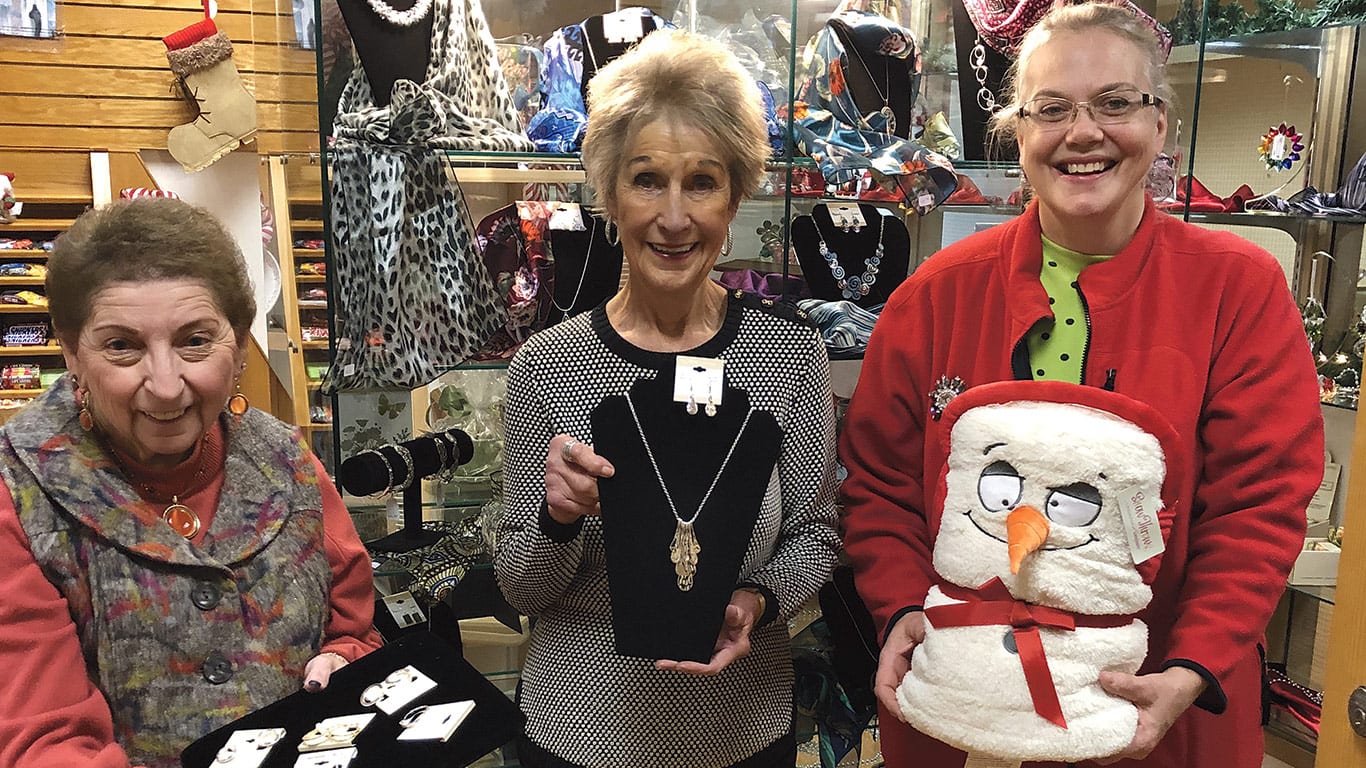As Heat Rises, So Does Need to Review Water Safety
Opinion
By Dr. Richard Romano
As temperatures rise, you may be looking for fun ways to cool off and stay active. Water activities like swimming, diving, canoeing, boating, and waterskiing offer relief during these hot summer months, but it’s important to remember many injuries can happen during recreational water activities.
When we think of water safety, we generally think of swimming pools. But there are many other places where water safety should be practiced. It’s important to remember that drowning can happen anywhere there is water, including swimming pools, ponds, and lakes, and even in the presence of lifeguards.
According to the Centers for Disease Control and Prevention (CDC), every day, on average, 10 people die from unintentional drowning. Of these, one in five are children ages 14 and under.
Drowning is a quick and silent killer. The majority of children who drown in swimming pools were last seen in the home, had been out of sight for less than five minutes, and were in the care of one or both parents at the time of the drowning. The best way to prevent drowning is through the ‘touch supervision’ technique, which means being within an arm’s length of the child at all times, able to reach them and pull them from the water immediately.
Remember also that inflatable aids, such as water wings and tubes, are not substitutes for adult supervision and that swimming lessons are an important step, but they do not make a child ‘drown-proof.’ Teach children about the importance of always being with an adult and always swimming with a buddy.
Children are not the only ones that need to practice water safety — adolescents and adults do, too. According to the CDC, drowning is the third-most-common cause of accidental death among those under age 16.
Young people who drown are often victims of their own misjudgment of their swimming ability. They may view a river or a lake as a tempting means of cooling off in a hot spell, but fail to appreciate the harmful effects that the cold water can have on stamina and strength. Learning how to swim is important for folks of all ages. Those who don’t know how to swim can very easily find themselves in water over their heads with little time to call for help, and they can submerge and drown very quickly.
In addition, alcohol reduces body temperature and impairs swimming ability, balance, coordination, and judgment, and its effects are heightened by sun exposure and heat.
If you’re swimming this summer, follow these safety tips:
• Never swim alone.
• Take swimming lessons.
• Make sure you are ready to respond in case of an emergency; have an emergency phone near the body of water, and learn how to perform CPR.
• Have a pool fence and keep toys away from the pool, as toys can attract young children into the pool.
• Check the water temperature before swimming. Cold water can tax the body and make it difficult to swim well.
• Do not swim if you have been drinking or if you have taken medication that alters your medical status.
• Make sure pool-cleaning equipment, such as brushes and skimmers on long poles, don’t come in contact with power lines.
• Poolgoers should take precautions against E. coli. Swimming pools can be a breeding ground for dangerous microorganisms, but chlorine helps maintain a clean and safe pool. Toddlers should wear proper swim diapers designed to contain urine and feces.
• Empty all buckets, containers, and wading pools immediately after use. Store them upside-down and out of children’s reach.
• Know the local weather conditions and forecast before swimming or boating.
Finally, if you see someone drowning, call 9-1-1 immediately. If the victim is within throwing distance, throw a floatable object to them. This includes a lifejacket, kickboard, or even an empty gallon jug. If the victim is within reaching distance, assist them by extending something long, such as a rope, pole, ring buoy, or a tree branch.
If you must enter the water to assist someone, take a flotation device large enough to carry two adults safely. Keep the device between you and the person in distress; even a child can put an adult at risk in deep water.
Dr. Richard Romano is an Emergency Department staff physician at Baystate Wing Hospital.
Naomi Osaka Sets an Inspiring Example
By Sara Kendall
Twenty-three-year-old tennis champion Naomi Osaka withdrew from the French Open recently, a day after tennis officials threatened to suspend her and fined her $15,000 over her decision to prioritize her mental health by not doing interviews with media during the tournament.
Osaka issued a statement including these words: “I would never trivialize mental health or use the term lightly. The truth is that I have suffered long bouts of depression since the U.S. Open in 2018, and I have had a really hard time coping with that. Anyone that knows me knows I’m introverted, and anyone that has seen me at the tournaments will notice that I’m often wearing headphones, as that helps dull my social anxiety.”
She added that she is “not a natural public speaker” and is often overwhelmed with “huge waves of anxiety” before speaking to the media.
Osaka isn’t the first pro athlete to talk publicly about their mental wellness. Olympic swimmer and multiple gold medalist Michael Phelps, Cleveland Cavaliers basketball player and NBA champion Kevin Love, and Las Vegas Raiders defensive end Solomon Thomas, to name just three, have come out about their own challenges with mental wellness. The strength required to do that publicly, on the global networks of sports media, is remarkable. If more high-profile individuals talk openly about their mental health and wellness, others can see that it’s OK to talk about how we are feeling emotionally — regardless of who we are.
What Osaka did to preserve her mental health was, in a word, brilliant: she knew it, she named it, and she advocated for herself. She let the world know that it’s good to know what things are harmful to you, it’s OK to set healthy boundaries, and it’s OK to make positive, healthy choices. That took serious guts, especially on so grand a stage as the French Open tennis tournament.
More conversations like those many of us are now having around Osaka’s decision will help to evolve our culture so we can all feel comfortable talking openly about our mental health, as well and as often as we talk about our physical health. Sharing how you’re feeling emotionally, as one brave tennis player did with an international audience, shouldn’t feel any more troubling than talking about a sore wrist, a strained hamstring, or any other condition that can be addressed successfully with the right treatment.
Often it helps us feel better having people within our own circles that we can confide in, whether a parent, sibling, or friend. It may help to talk with a professional mental-health counselor who is trained, licensed, and ready to listen. If you want to start a conversation about feeling better, call (844) MHA-WELL.
Naomi Osaka’s courage to advocate for herself gives us all the opportunity to think more about how we can individually contribute to an evolving culture where we can all start talking.
Sara Kendall, MSW, LICSW is vice president of Clinical Operations for MHA.


